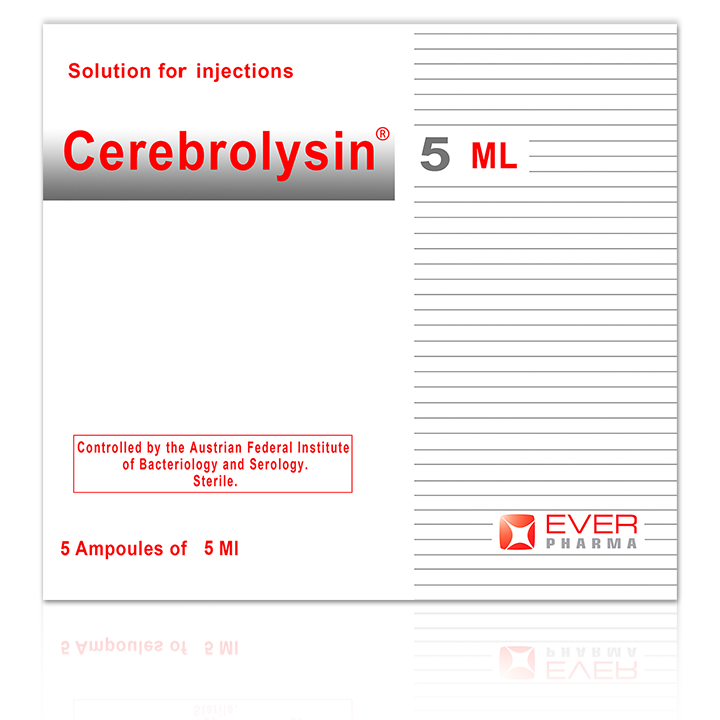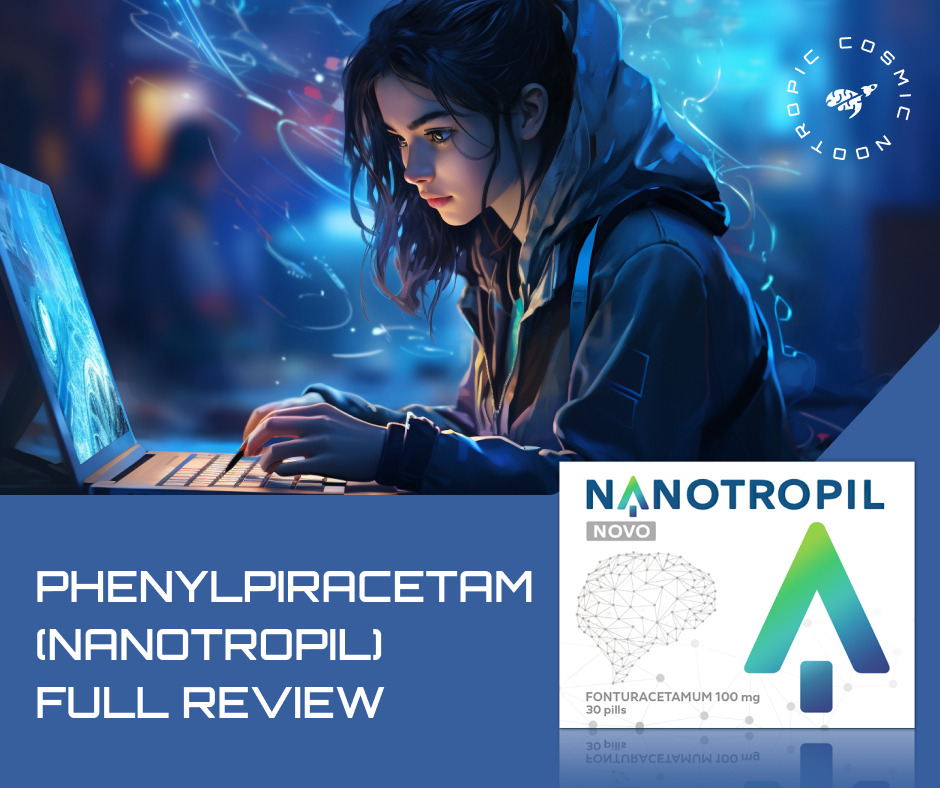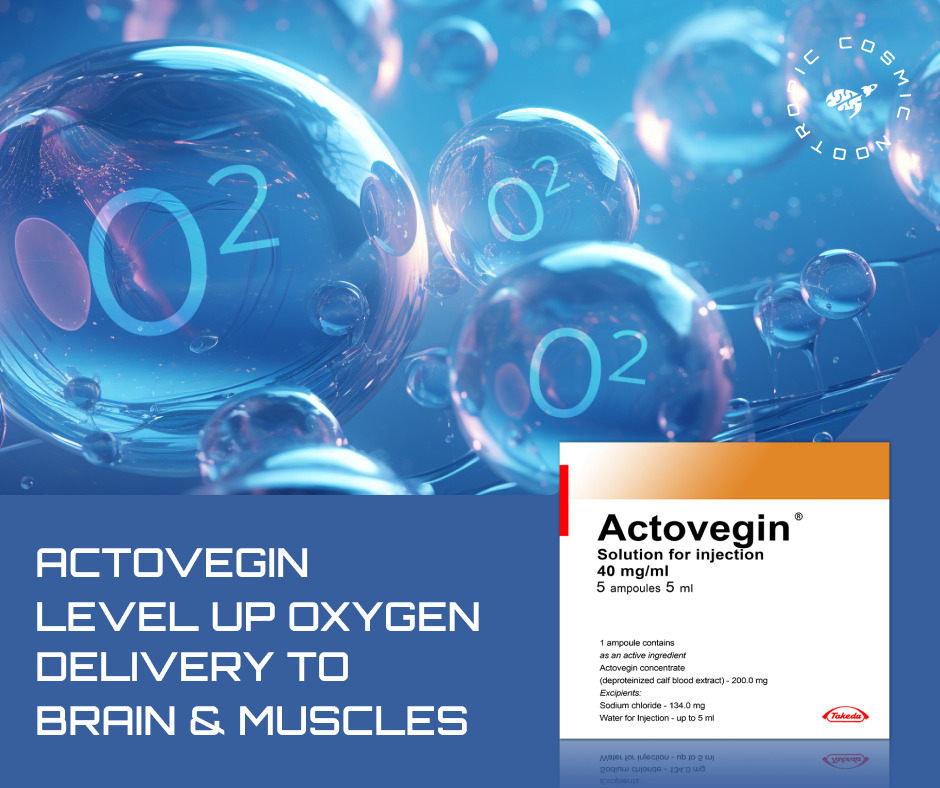Cerebrolysin Side Effects: What You Need to Know
June 21, 2024
What Is Cerebrolysin?
Cerebrolysin, a neurometabolic stimulator and nootropic peptide, is derived from porcine brain tissue through enzymatic cleavage, consisting of low molecular weight biologically active neuropeptides (20%) and amino acids (80%). Its mechanism of action activates endogenous defense mechanisms, including neuroprotection, neuroplasticity, and neurogenesis. Notably, Cerebrolysin contains all amino acids found in the central nervous system, which contributes to its positive properties.
Cerebrolysin is commonly indicated for acute and chronic CNS disorders, targeting repair processes and shielding against pathological events. It modulates NTF and Shh pathways, crucial for neurogenesis and angiogenesis, while also mitigating toxic protein formation and inflammation post-injury. Its low molecular weight enables efficient blood-brain barrier penetration, distinguishing it from larger molecules like NGF and BDNF, thereby offering higher therapeutic potential for CNS disorders.
What Is Cerebrolysin Used For?

Cerebrolysin injections find application in various medical conditions, including strokes and their complications, Alzheimer’s disease, traumatic brain injuries, spinal cord injuries, ADHD in children, treatment-resistant depression, and other brain-related diseases. This “smart drug” serves as a valuable therapeutic tool in addressing a wide spectrum of neurological disorders, highlighting its significance in clinical practice.
Potential Side Effects Of Cerebrolysin
Cerebrolysin injections demonstrate a high level of safety and are well tolerated. Years of clinical experience, post-marketing surveillance studies, and safety data from double-blind, placebo-controlled clinical trials, such as the CASTA study, confirm their safety. Cerebrolysin peptide falls under the “SAFE” category according to the classification by the European Medicines Agency (EMA).
In general, adverse drug reactions reported in patients treated with Cerebrolysin are typically temporary and of mild severity. It’s important to note that not all individuals will experience these side effects, and the severity may vary. If any unexpected or severe reactions occur, it’s advisable to seek medical attention promptly.
The most commonly reported adverse reactions include:
Dizziness (a sensation of lightheadedness or unsteadiness);
Headache (a pain or discomfort in the head or upper neck);
Sweating (excessive perspiration, often accompanied by clamminess);
Nausea (a feeling of discomfort in the stomach, often accompanied by an urge to vomit).
In rare instances, administering the injection too quickly may lead to sensations of warmth, increased perspiration, dizziness, heart palpitations, or irregular heartbeats.
These adverse reactions are usually short-lived and not severe. If you experience any of these side effects, seek advice from healthcare professionals. Please note that providing additional information on the frequency and duration of these reactions can be valuable for the healthcare providers.
Conclusion
In conclusion, Cerebrolysin represents a promising therapeutic option for a range of neurological conditions, owing to its neuroprotective and neurorestorative properties. Despite its efficacy, careful administration is essential to mitigate the risk of rare adverse effects. With further research and clinical application, Cerebrolysin stands poised to continue enhancing patient outcomes and contributing to advancements in neurological care.
It is important to be aware of potential Cerebrolysin side effects and to promptly consult a doctor if any adverse reactions occur. Additionally, it is advisable to seek medical advice before initiating treatment with Cerebrolysin.
Bibliography
Muresanu DF et al (2020). Efficacy and safety of cerebrolysin in neurorecovery after moderate-severe traumatic brain injury: results from the CAPTAIN II trial. https://pubmed.ncbi.nlm.nih.gov/31897941/
Gavrilova SI, Alvarez A (2020). Cerebrolysin in the therapy of mild cognitive impairment and dementia due to Alzheimer’s disease: 30 years of clinical use. https://pubmed.ncbi.nlm.nih.gov/32808294/
Sherifa AH (2021). Cerebrolycin for Treatment of Covid-related Anosmia and Ageusia. https://clinicaltrials.gov/ct2/show/NCT04830943
Quinn TJ et al (2021). European Stroke Organisation and European Academy of Neurology joint guidelines on post-stroke cognitive impairment. https://onlinelibrary.wiley.com/doi/10.1111/ene.15068
Efficacy, safety, and cost-effectiveness analysis of Cerebrolysin in acute ischemic stroke: A rapid health technology assessment (2024) https://www.ncbi.nlm.nih.gov/pmc/articles/PMC10977584/
Neuroprotection by Cerebrolysin and Citicoline Through the Upregulation of Brain-Derived Neurotrophic Factor (BDNF) Expression in the Affected Neural Cells: A Preliminary Clue Obtained Through an In Vitro Study (2024) https://www.ncbi.nlm.nih.gov/pmc/articles/PMC10960614/



